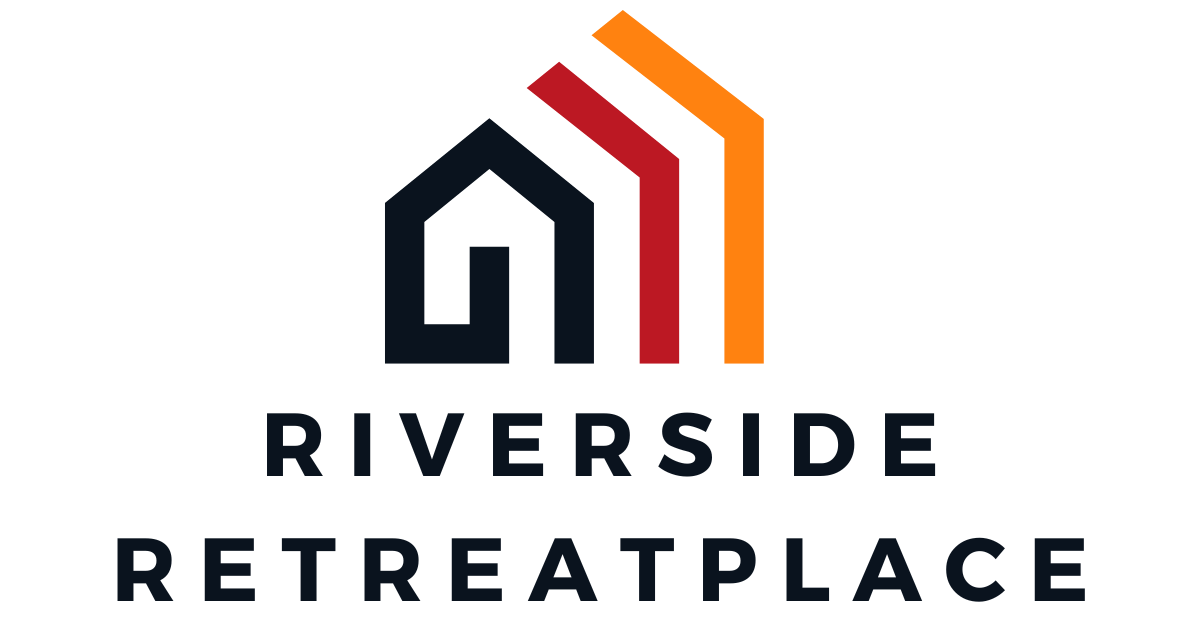
Property Development Investment: Unlocking Hidden Gems for Profitable Returns
Property development investment isn’t just for the wealthy elite sipping lattes in high-rise offices. It’s a golden opportunity waiting for savvy investors who know how to spot potential. Imagine transforming an old warehouse into chic lofts or turning a vacant lot into a bustling community. With the right strategy, it’s like playing Monopoly but with real money—and a lot less chance of landing on Boardwalk with a hotel.
Property Development Investment
Property development investment serves as an attractive option for various investors seeking to capitalize on real estate potential. This investment type involves purchasing land or existing properties to improve, repurpose, or completely rebuild them for resale or rental income. Identifying opportunities in underused areas remains key. Successful projects may include transforming old warehouses into lofts or revitalizing vacant lots into thriving neighborhoods.
Investment benefits include potential high returns, increased property values, and the ability to influence local development. Investors often find satisfaction in contributing to community enhancement through strategic projects that address housing shortages and urban decay. Many property developers make use of financial leverage, enhancing purchasing power while managing risk effectively.
Understanding the local market dynamics is essential. Familiarity with zoning laws, regulations, and community needs allows investors to make informed decisions. It’s crucial to assess property locations, considering trends and demographic shifts that may indicate growth potential. Moreover, conducting thorough due diligence minimizes risks associated with property transactions.
Financing options range from traditional bank loans to private investors and crowdfunding platforms, catering to different project scopes. Investors should explore various funding avenues to align with their financial capabilities and project goals. By creating strong networks with contractors, architects, and real estate agents, developers often achieve smoother project execution and increased success rates.
Lastly, maintaining a clear vision throughout the investment process helps keep projects on track. A well-structured plan sets realistic timelines and coordinates efforts among various stakeholders. Property development investment requires strategic thinking, diligent research, and a commitment to fostering community growth for optimal results.
Benefits of Property Development Investment

Property development investment offers various advantages, making it an appealing choice for investors. Key benefits include financial returns and long-term value growth.
Financial Returns
Investors often experience substantial financial returns through property development. Successful projects can yield profits from resale or rental income. Cash flow generation occurs when properties are leased to tenants. Enhanced property values develop from strategic renovations, increasing potential resale prices. Numerous case studies illustrate positive cash returns when investing in underutilized spaces. Calculating return on investment (ROI) involves analyzing renovation costs against projected sales values. Focusing efforts on areas with increasing demand typically leads to quicker profitability.
Long-Term Value Growth
Long-term value growth stands as another significant benefit of property development investment. Properties located in revitalizing neighborhoods often appreciate over time as demand increases. Factors like urban renewal initiatives and improved infrastructure contribute to this upward trajectory. Market analysis reveals that properties in developing areas can appreciate 10% yearly or more. Investing early in emerging markets allows investors to reap substantial long-term benefits. Creating aesthetically pleasing and functional spaces also enhances desirability, driving value increases. Proactive management ensures consistent property growth during ownership.
Risks Involved in Property Development Investment
Property development investment presents several risks that must be addressed. Two significant areas of concern include market fluctuations and regulatory challenges.
Market Fluctuations
Market fluctuations impact property values and returns. Economic shifts, such as recessions or booms, can significantly alter demand for real estate. Investors often face declining prices that reduce profitability when markets soften. Timing the market for purchasing and selling properties becomes essential. Investors benefit from understanding local market trends, which can demonstrate potential growth areas. Keeping an eye on economic indicators aids in assessing whether to enter an investment at a particular time.
Regulatory Challenges
Regulatory challenges can complicate the development process. Navigating zoning laws, building codes, and permit requirements is often overwhelming for developers. Local governments enforce various regulations that may change unexpectedly. Successfully obtaining permits can delay projects and increase costs. Knowing the legal landscape enables investors to avoid unexpected legal hurdles. Engaging with local planning departments helps clarify requirements and streamline the development process.
Key Strategies for Successful Property Development Investment
Successful property development investment relies on strategic planning and informed decision-making. Identifying key factors like location and financing options can lead to favorable outcomes.
Location Analysis
Analyzing location entails evaluating areas for growth potential. Investors should consider infrastructure, community amenities, and accessibility. Properties near schools, public transport, and shopping centers typically attract higher demand. Researching neighborhood trends can unveil insights into emerging markets. Studying recent sales data, demographic shifts, and economic development efforts also aids decision-making. Areas undergoing revitalization often present lucrative investment opportunities. Focusing on neighborhoods with decreasing vacancy rates signals a healthy market. Investors must assess zoning regulations to understand allowable uses, as these determine future property value.
Financing Options
Exploring various financing options plays a crucial role in property development success. Traditional bank loans, while common, aren’t the only route available. Investors can tap into private lenders, offering flexible terms for specific projects. Crowdfunding platforms present a modern approach, allowing multiple investors to fund developments together. Grants and local government incentives also exist for certain types of projects, particularly those addressing community needs. Analyzing each option assists in selecting the best fit based on project timelines and financial strategies. Understanding one’s creditworthiness and preparing thorough proposals enhance chances of securing favorable funding.
Current Trends in Property Development Investment
Property development investment reflects the changing dynamics of the real estate market. Increasing demand for sustainable building practices significantly influences new projects. Investors are now prioritizing eco-friendly designs, which enhance energy efficiency and reduce environmental impact.
Urban areas experience a surge in mixed-use developments, blending residential, commercial, and recreational spaces. Such developments cater to community needs, promoting livability and vibrant neighborhoods. Additionally, adaptive reuse of existing properties remains a popular trend, transforming historical buildings into modern spaces while preserving their character.
Technological integration ranks as another crucial trend in property development. Smart home technology is increasingly implemented, appealing to buyers seeking convenience and energy management. Investors explore innovative building materials, enhancing durability and design flexibility.
Shifts in remote work culture also shape investment decisions. Demand for flexible living spaces rises, as individuals seek homes that accommodate work-from-home arrangements. Consequently, suburban areas witness increased interest as families search for larger properties with outdoor spaces.
Health and wellness considerations gain importance in property investment, leading to designs that promote physical and mental wellbeing. Investment in properties with fitness centers, green spaces, and access to nature reflects this trend. Investors recognize that such features attract tenants and buyers, boosting overall property appeal.
Finally, understanding market trends and economic indicators is vital for success. Analyzing local data enables investors to identify emerging markets and anticipate shifts in demand. Embracing these trends allows investors to make informed decisions, maximizing their potential returns in the evolving landscape of property development investment.
Revitalization of Neighborhoods
Property development investment opens doors for a diverse range of investors looking to capitalize on real estate opportunities. With the right knowledge and strategic approach, individuals can transform underutilized spaces into profitable ventures. By staying informed about market trends and understanding local dynamics, investors can navigate challenges and maximize returns.
The landscape of property development is continually evolving, driven by trends in sustainability and changing community needs. Investors who adapt to these shifts while maintaining a clear vision are likely to see not only financial gains but also a positive impact on their communities. Embracing this investment avenue can lead to both personal success and contribute to the revitalization of neighborhoods.
